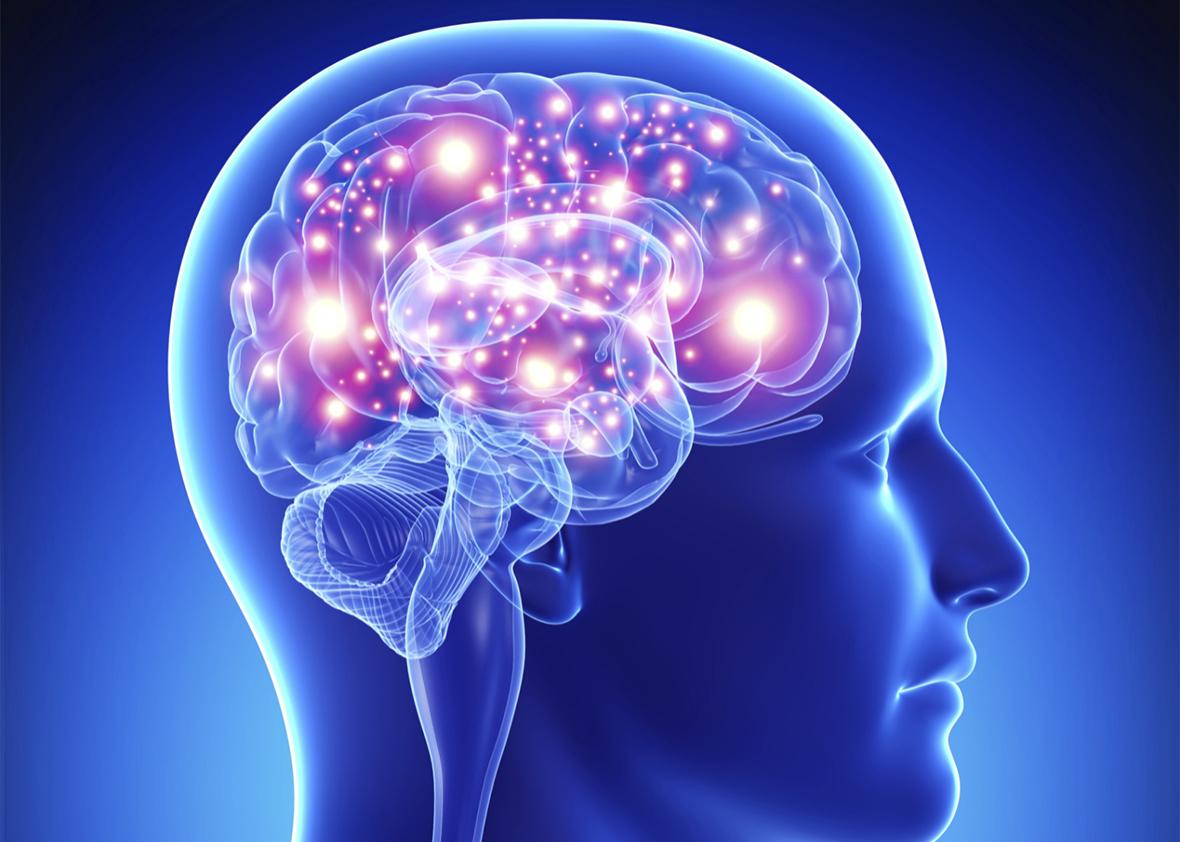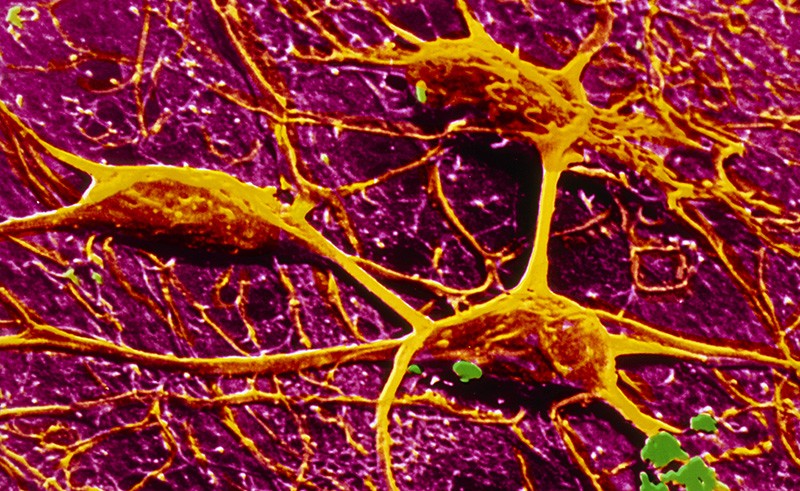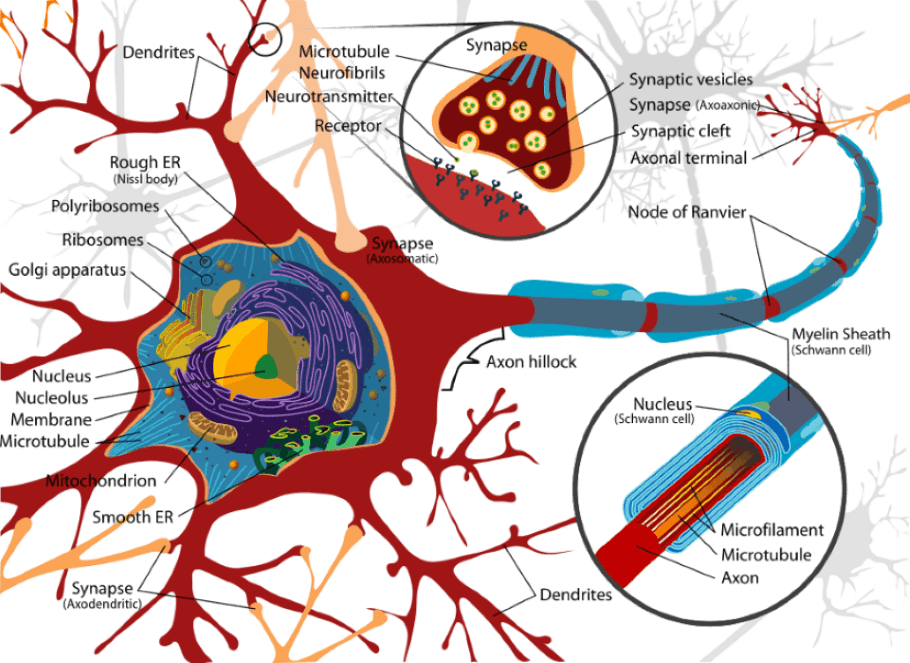

Similarly, the signal transmission at a synapsis can be reduced by long-term depression (LTD). For example, a synapsis can also be strengthened by a procedure called long-term potentiation (LTP), in which the synapsis distributes more neurotransmitters or forms more neurotransmitter receptors.

This phenomenon is also described as synaptic plasticity. Neuroscientists have discovered that synapses can vary the effectiveness of the transfer. Learning takes place at the synapses – those are the locations at which the electric signals are relayed from one nerve cell to another.

What happens exactly when our brain learns and stores something new? The researcher discovered that during learning some thorns newly develop and others dissappear. Together with his team, he examines the contact points between nerves, so-called dendrical thorns, and synapses. Tobias Bonhoeffer was the first to observe them. Learning and Memory leave behind anatomically visible traces. According to this view, other capabilities accrue little or no benefit from brain jogging programmes. They assume that the effects of the coaching have an impact only on the task which is being trained. However, many scientists doubt whether brain jogging exercises increase the general performance of the brain. For example, even in old age we can learn a foreign language and yoga, can remember the face and voice of a new work colleague, or the route to a new pizzeria. If it were not, humans would not be able to overcome the wide range of challenges that we encounter during the course of our lives. The idea that the brain remains capable of learning for a lifetime remains undisputed from a scientific viewpoint. Sellers of so-called brain jogging programmes are now picking up on this idea, offering exercises which are intended to increase learning and memory performance. Some neurobiologists even draw comparisons with a muscle which can be trained. Today, however, we know that the brain is being constantly transformed right up until old age. Until a few years ago, scientists thought one thing was certain: an adult’s brain will not change. But how can a collection of neurons learn anything in the first place? And can this ability be specifically improved? One of its most important characteristics is its ability to learn.

The human brain is the most complicated organ that nature has ever created: 100 billion nerve cells and many more contact points between them provide our brain with capabilities that no supercomputer can match to this day.


 0 kommentar(er)
0 kommentar(er)
